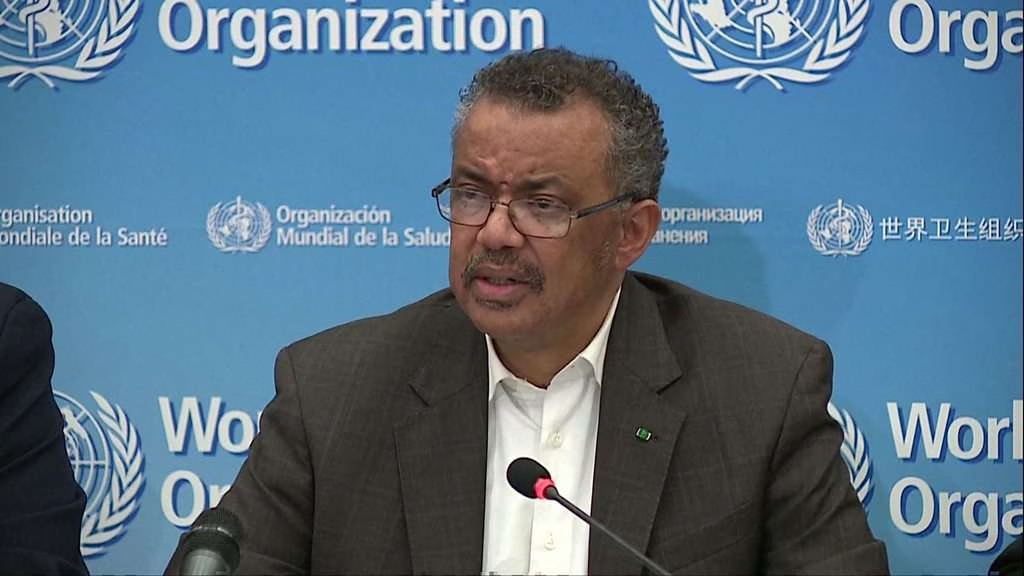A stark reminder of the vast inequalities that exist in our world has been highlighted by the World Health Organization (WHO) in a recent report. The global health body has found that there is a more than 30-year difference in life expectancy between the richest and the poorest countries, underscoring the significant impact of socioeconomic factors on health and wellbeing.
According to the WHO’s ‘World Report on Social Determinants of Health Equity’, launched by Director-General Dr. Tedros Ghebreyesus, an individual’s place of birth can determines their life expectancy by over three decades. The report reveals that people born in countries with the highest life expectancy will, on average, live 33 years longer than those born in countries with the lowest life expectancy. This disparity is not solely limited to poor countries, as the lack of safe housing, good educational opportunities, and access to decent jobs can reduce life expectancy in both rich and poor countries alike.
Dr. Ghebreyesus emphasized that “our world is an unequal one” and that the circumstances of an individual’s birth, growth, living conditions, work, and aging significantly influence their health and wellbeing. The report found that health inequities are closely linked to social disadvantage and discrimination, with health following a social gradient where the more deprived areas have lower incomes.
The WHO report also highlighted the plight of Indigenous Peoples, who face discrimination and marginalization, resulting in lower life expectancies compared to their non-Indigenous counterparts. This is a reality that persists in both high and low-income countries. The study, the first of its kind since 2008, set targets for 2040 to reduce gaps in life expectancy, childhood, and maternal mortality between and within countries. However, it showed that these targets are likely to be missed, with health inequities often widening despite a scarcity of data.
The report’s findings are alarming, with children born in poorer countries being 13 times more likely to die before their fifth birthday than those born in wealthier countries. Furthermore, it is estimated that nearly two million children’s lives could be saved annually by closing the gap and enhancing equity between the poorest and wealthiest sectors of the population within low- and middle-income countries. While maternal mortality has declined by 40% between 2000 and 2023, the majority of deaths (94%) still occur in low and lower-middle-income countries.
In response to these findings, the WHO is calling for collective action to address economic inequality and invest in social infrastructure and universal public services. The agency also recommends overcoming structural discrimination and addressing the determinants and impacts of conflicts, emergencies, and forced migration. As the world grapples with these significant health inequities, it is clear that a concerted effort is needed to bridge the gap and ensure that everyone, regardless of their birthplace or socioeconomic status, has access to the same opportunities for a healthy and fulfilling life.
